
Carolyn Gramling
Earth & Climate Writer
Carolyn Gramling is the Earth & Climate writer at Science News. Previously she worked at Science magazine for six years, both as a reporter covering paleontology and polar science and as the editor of the news in brief section. Before that she was a reporter and editor at EARTH magazine. She has bachelor’s degrees in Geology and European History and a Ph.D. in marine geochemistry from MIT and the Woods Hole Oceanographic Institution. She’s also a former Science News intern.

Trustworthy journalism comes at a price.
Scientists and journalists share a core belief in questioning, observing and verifying to reach the truth. Science News reports on crucial research and discovery across science disciplines. We need your financial support to make it happen – every contribution makes a difference.
All Stories by Carolyn Gramling
-
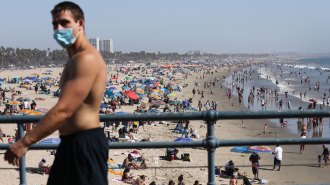 Climate
Climate2020 and 2016 tie for the hottest years on record
Ocean temperature data as well as temperatures measured over land at weather stations around the globe revealed the extent of the warming.
-
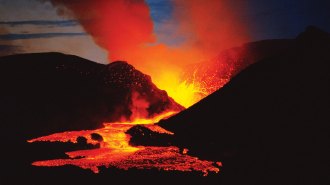 Earth
EarthHow the Earth-shaking theory of plate tectonics was born
Plate tectonics explains many of Earth’s geologic wonders and natural hazards — and may hold clues to the evolution of life.
-
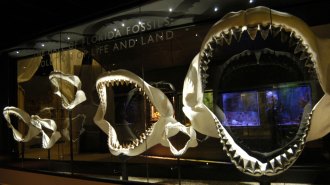 Paleontology
PaleontologyNewborn megalodon sharks were larger than most adult humans
Preserved pieces of backbone suggest that megalodon sharks were about 2 meters long at birth.
-
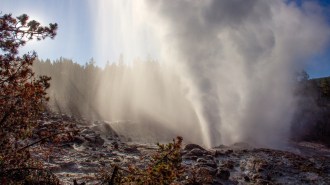 Earth
EarthReawakened Yellowstone geyser isn’t a sign of imminent explosion
The 2018 reactivation of Yellowstone’s Steamboat Geyser isn’t a portent of dangerous volcanic or hydrothermal eruptions, scientists say.
-
 Climate
ClimateWhat the pandemic can teach us about ways to reduce air pollution
Data collected during COVID-19 shutdowns may help tease out the complicated chemistry that brews poor air quality.
-
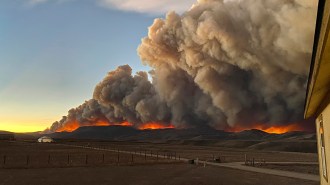 Climate
ClimateWildfires, heat waves and hurricanes broke all kinds of records in 2020
Climate change did not take a break during the pandemic.
-
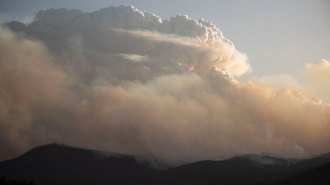 Earth
EarthTowering fire-fueled thunderclouds can spew as many aerosols as volcanic eruptions
A massive plume of smoke lofted into the stratosphere during Australia’s fires may represent a new class of “volcanic-scale” pyrocumulonimbus clouds.
-
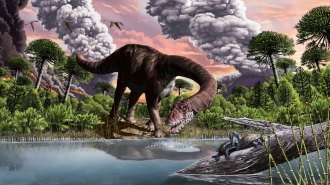 Paleontology
PaleontologyHow massive long-necked dinosaurs rose to rule the Jurassic herbivores
New dinosaur fossil dates to same time as a volcanic surge, suggesting ensuing changes in plant life allowed these long-necked giants to emerge.
-
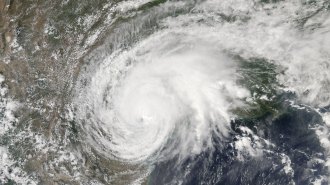 Climate
ClimateOnce hurricanes make landfall, they’re lingering longer and staying stronger
Warmer ocean waters due to human-caused climate change can help power hurricanes’ fury even after they roar ashore.
-
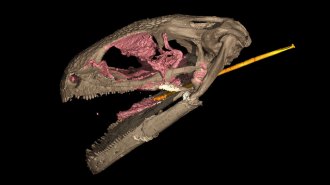 Life
LifeAn ancient amphibian is the oldest known animal with a slingshot tongue
A tiny amphibian that lived 99 million years ago waited for invertebrate prey before snatching them with a swift, shooting tongue.
-
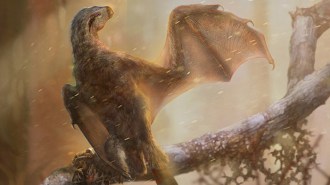 Paleontology
PaleontologyBat-winged dinosaurs were clumsy fliers
The two known species of bat-winged dinosaurs were a dead end when it comes to the evolution of bird flight, a new study finds.
-
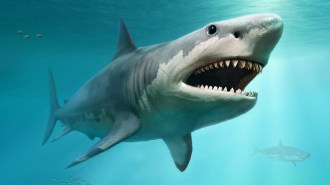 Paleontology
PaleontologyCannibalism in the womb may have helped megalodon sharks become giants
The ancient sea terror Otodus megalodon may have grown to at least 14 meters long thanks to a firstborn pup’s predatory behavior, some researchers say.